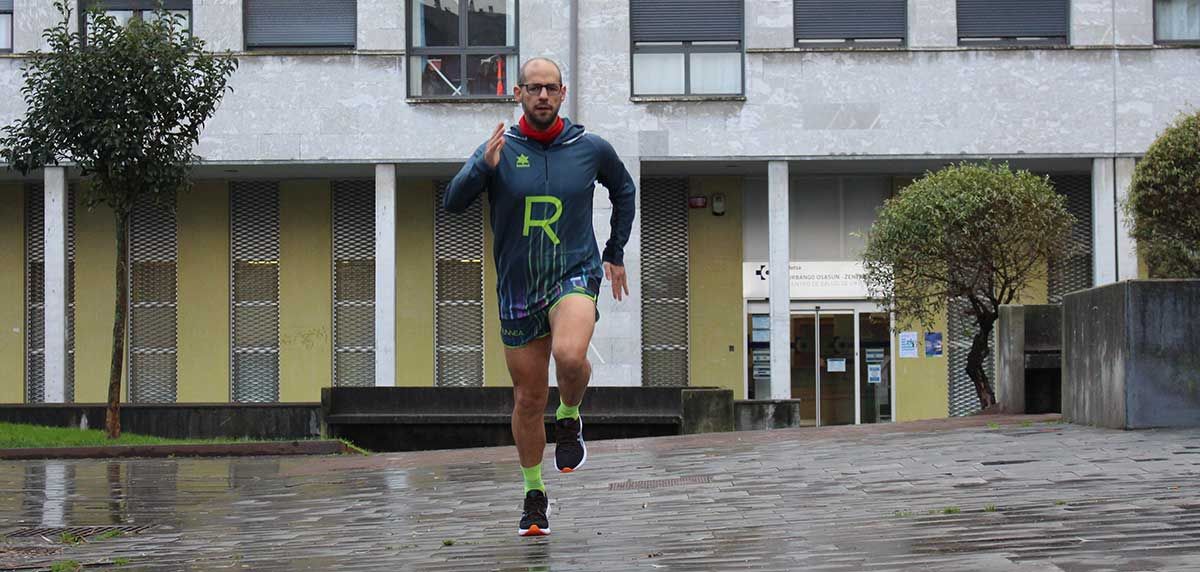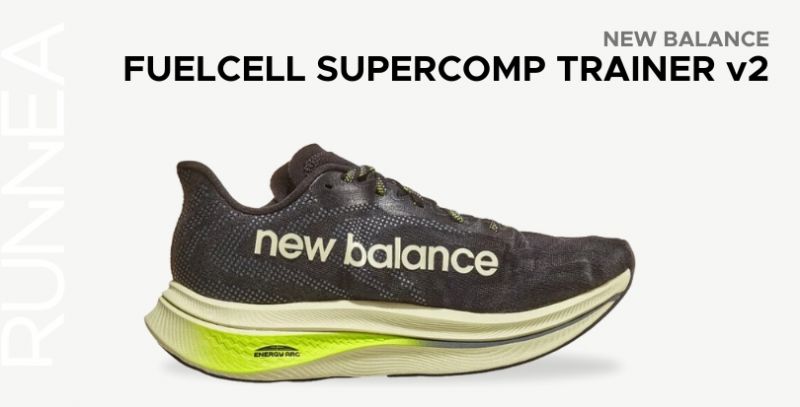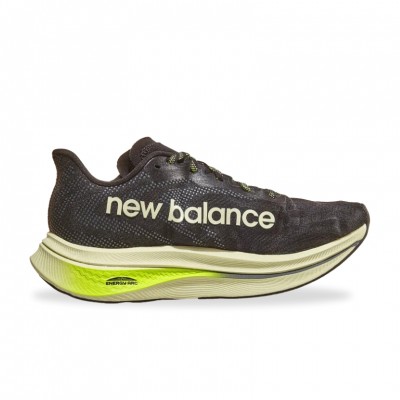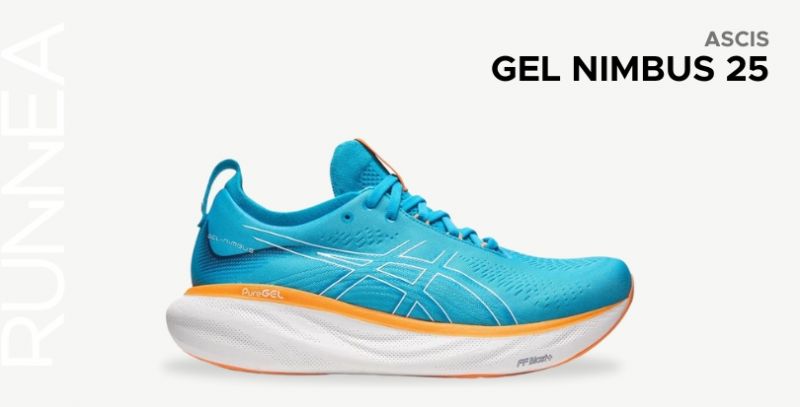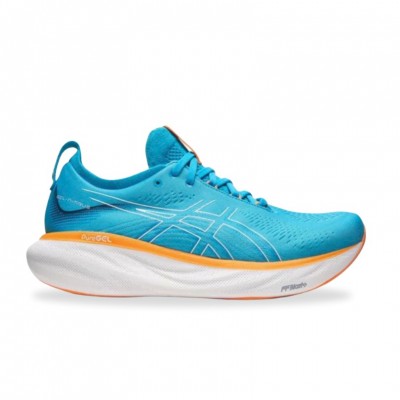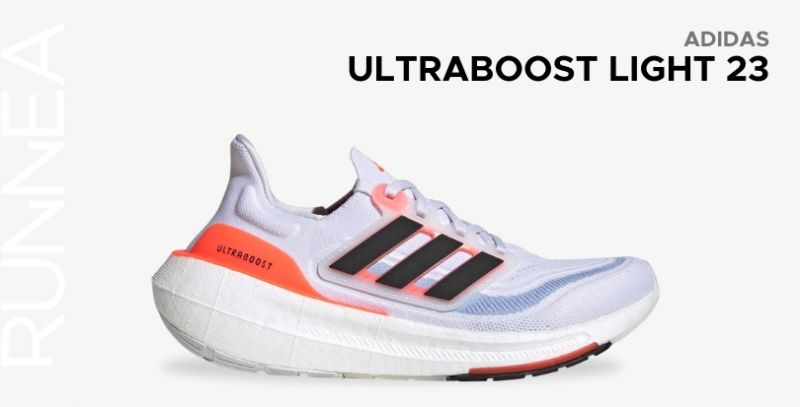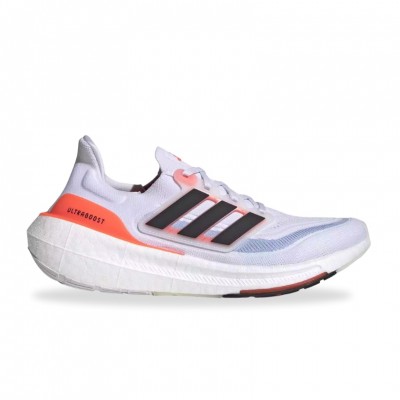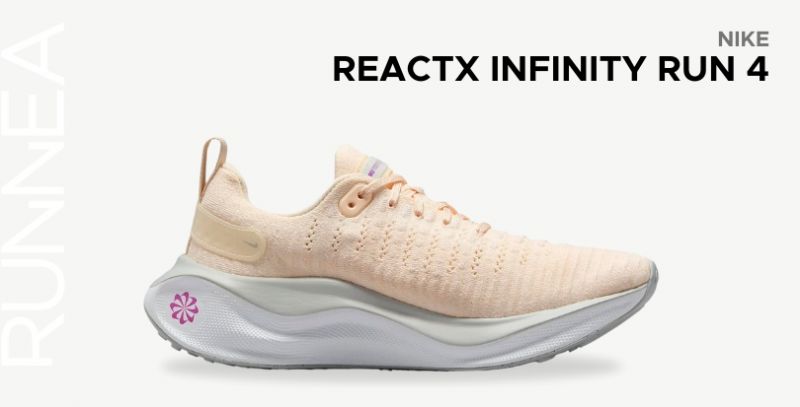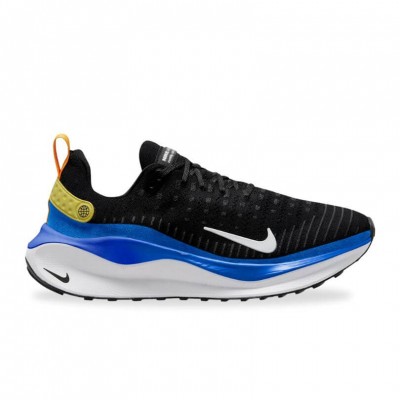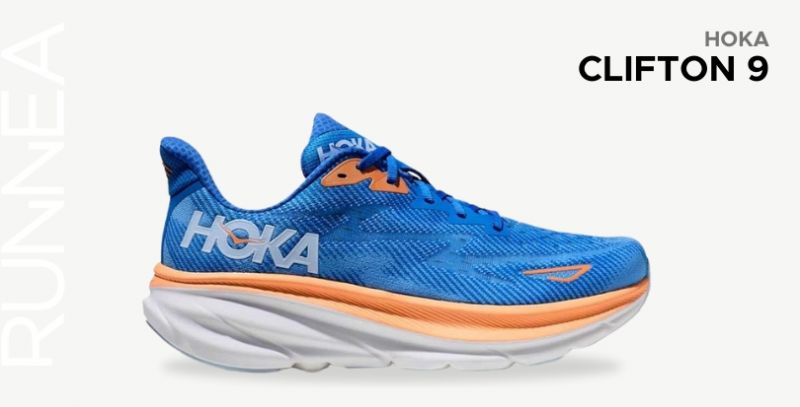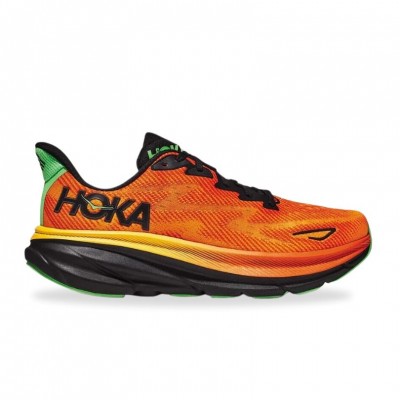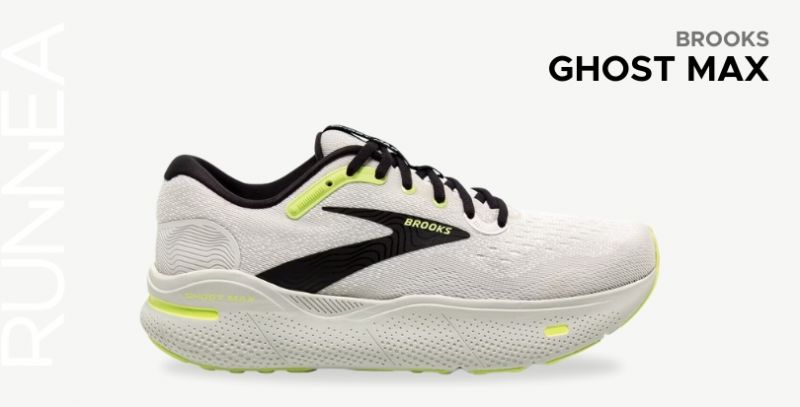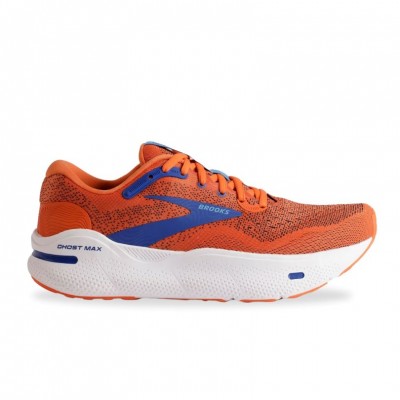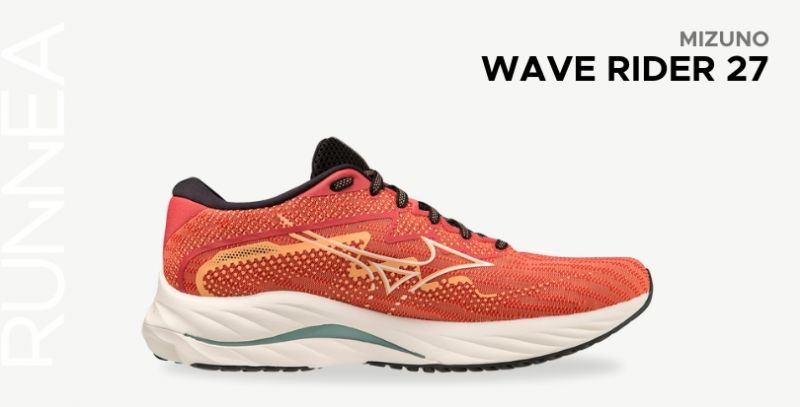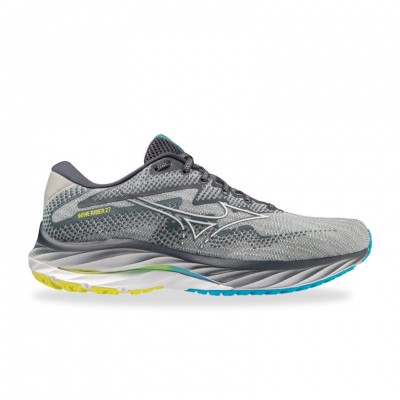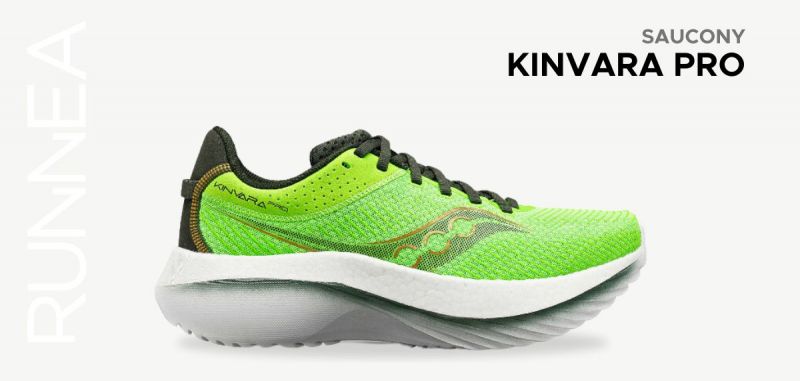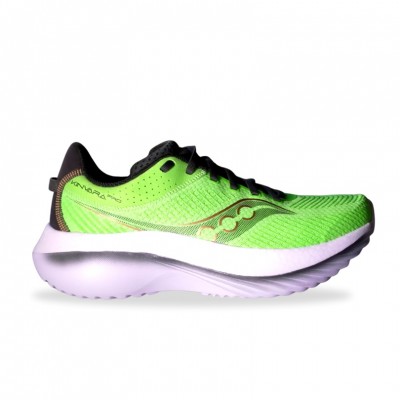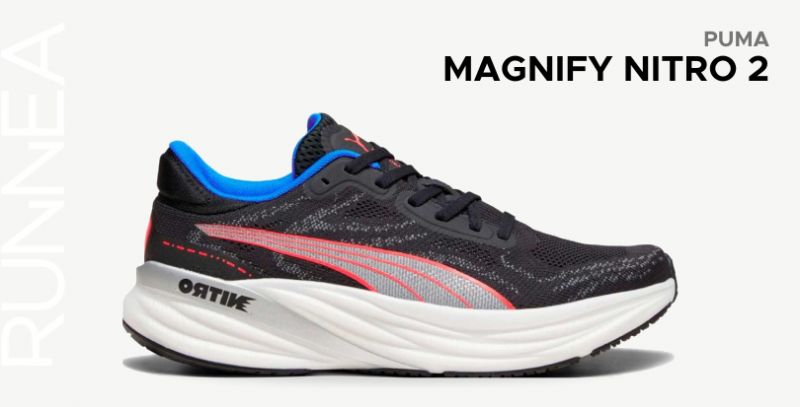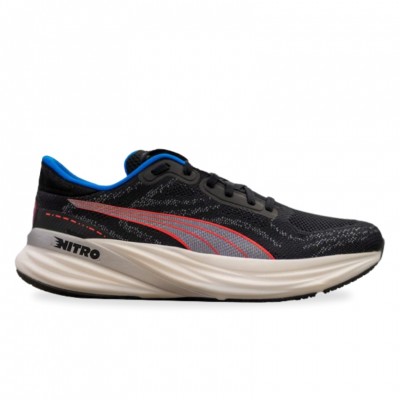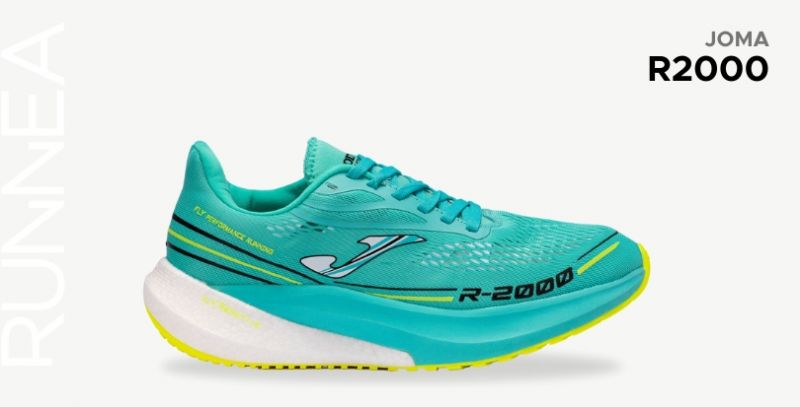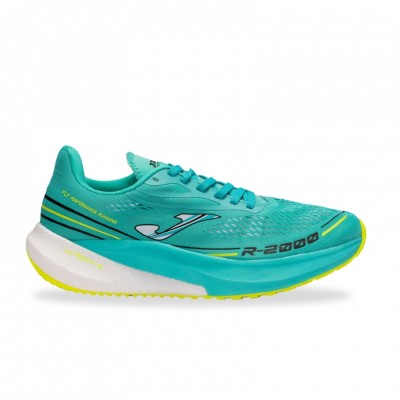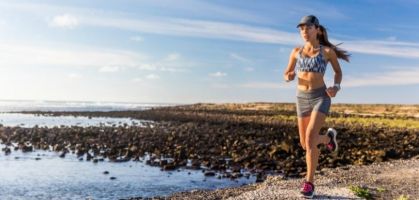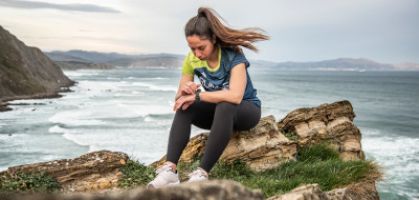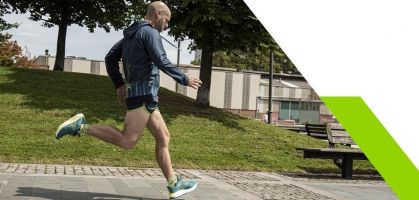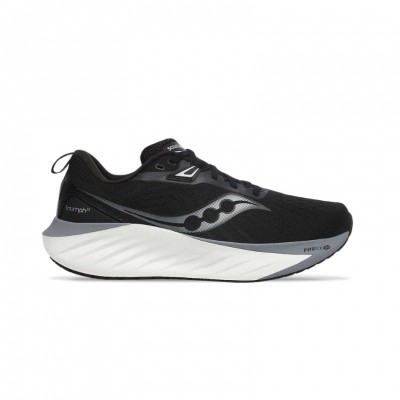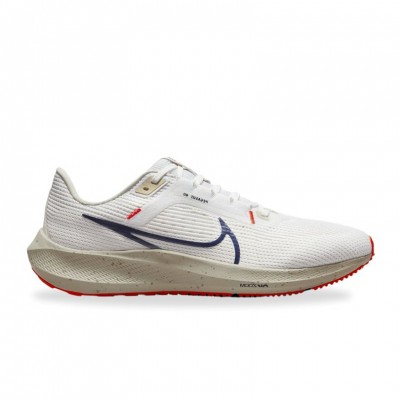Let's not fool ourselves, the "home tricks" are there, available to everyone, but when an athlete comes to our sports podiatry office, and tells us that he is a supinator because he has done the test of: wetting the foot, stepping on the ground and as it only leaves marked the outer part of the foot, he knows he is a supinator, I think... ufffff; or when they tell me that they are supinators because they wear the shoe on the outside, then I think...¡¡uffff reuffff.... !!!!!
So the statement "I'm a supinator runner!" is tricky; and let's not even get started on the question: "What type of running shoe should I buy if I'm a supinator runner?" It gets complicated, and in some cases, excessively so.
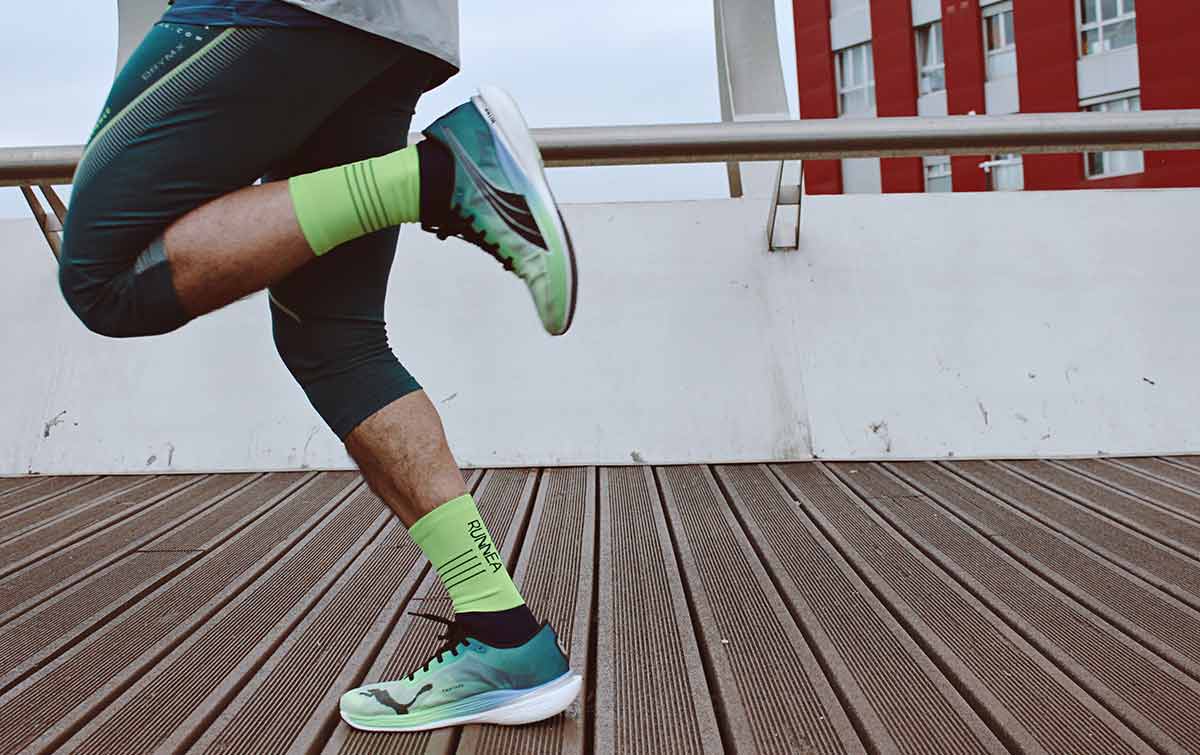
What does it mean to be a supinator runner?
A supinator runner is a person who tilts the ankle to the outside of the foot when the foot is placed on the ground. This is a very simple and easy to understand definition, but the reality is much more complicated. Within being a supinator, there are mild cases and very serious cases.
One thing we must be clear about is that being a supinator is not synonymous with injury (just as it is not synonymous with being a pronator). There are many supinator runners who have never been injured in their lives, and that is partly because there are what I call, natural compensation mechanisms of the body. This means that the body adapts to this way of supporting the foot and creates compensation mechanisms (muscular compensations, bone rotations, reinforcements in the proprioceptive response...) which means that within our "anomaly" we function perfectly and never get injured. Of course, depending on how much we tighten the rope, because these natural compensations (with excessive training or incorrect training, with muscular decompensations or using running shoes that are not adapted to our characteristics, for example) are conducive to the risk of injury multiplying and can be much more serious, so much so that they force us to stop running.
Runners who supinate at heel strike, partial supinators
Without wanting to go into too many technical details that would fill our heads (if you want to know them I encourage you to have a dynamic biomechanical study done in a center specialized in podiatry with experts in sports biomechanics), just tell you that there are few people who are pure supinators; and those who are, I assure you that they are not dedicated to running. The normal thing is that we are partial supinators, since the brain will work to avoid that the support of the foot in race is exclusively by the external edge of the foot, simply because it knows of the so important risk that supinates to run this way.
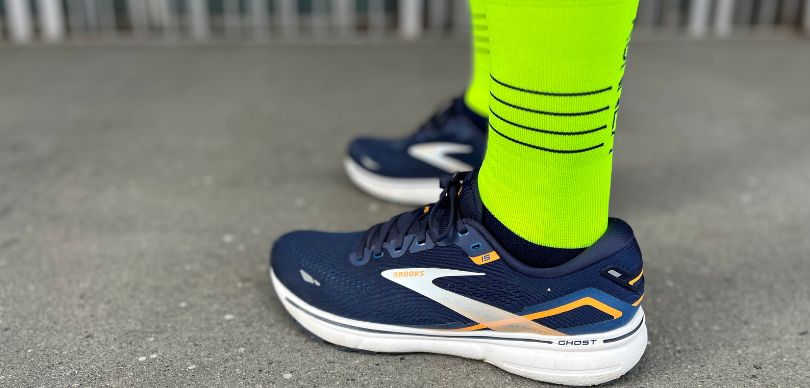
If we divide the phases of running into three parts: heel strike, full foot strike and toe propulsion phase (thinking of a training pace and an average runner... lest the purists beat me with running technique saying that the heel should not be supported, something that we can also discuss a lot), what we find most in the clinic when doing biomechanical studies are runners who supinate in the heel strike . That is:
- They can supinate when they support the whole foot.
- But they are great pronators when they propel with the toes.
And from here we can find multiple combinations within the so-called "supinator runners", but as I say, we will hardly find a runner who supinates in the three phases of gait.
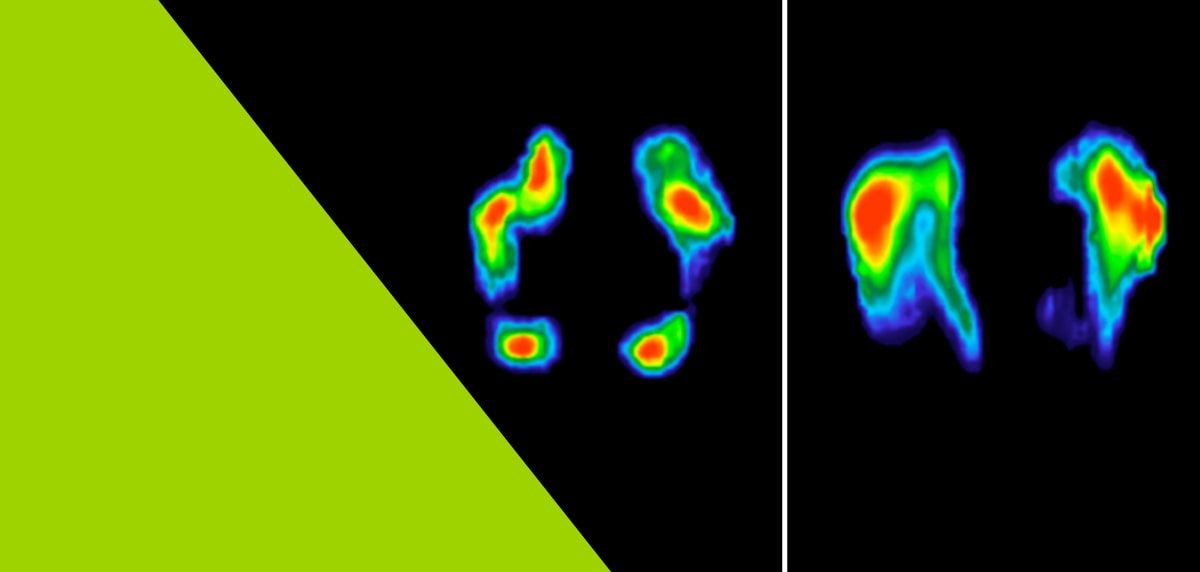
What we are seeing in image 1 in a superimposition of images of a runner at 8km/h and we can observe the red marks is that where more support is done: heel, external edge of the foot and in the left foot we can observe a red spot belonging to the big toe. This stain is due to the compensation made in the propulsion phase, causing an internal rotation of the whole leg and foot to compensate the supination in the first and second phase of the gait.
Image 2 is the superimposed summary of the supports made by a runner running with running shoes at 16 km/h. As you can see, there are no heel landings and the red spot moves to the outer forefoot area (toes III, IV and V). This runner only complained of muscle overloads when training with a certain sports shoe.
Finally, here is a sequence of images of a top international runner who had never been injured until he changed the sponsor of his running shoes. Notice how he comes in as a great supinator and compensates during support to a frank pronation.
Obligatory parenthesis. These images are property of Luis Enrique Roche and belong to a video from where I have been taking the images that I present to you.
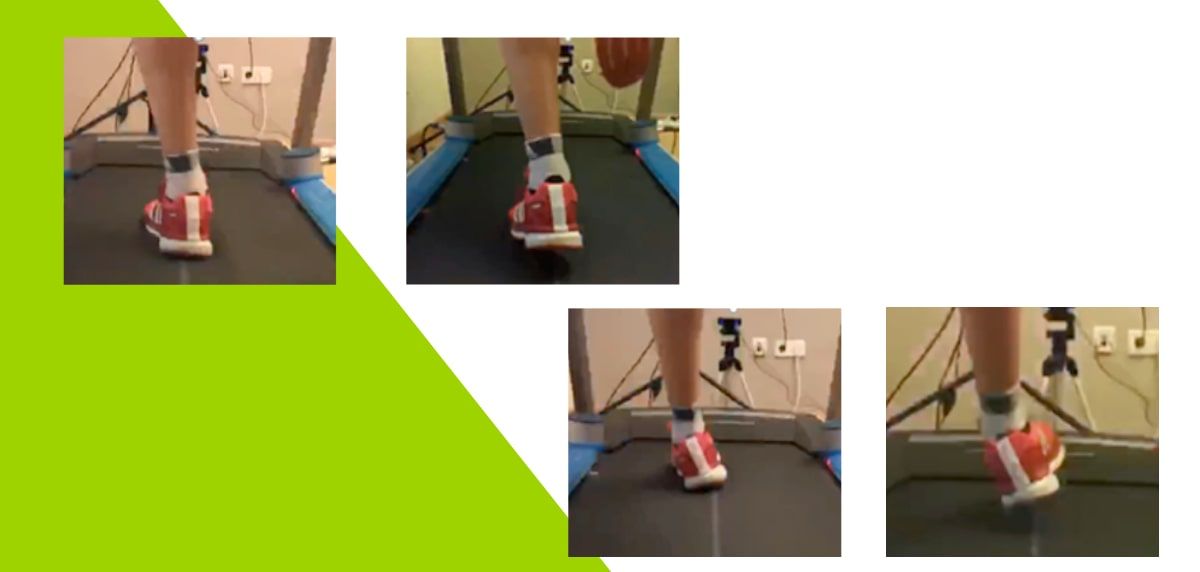
Do supinator runners need insoles to run more efficiently and comfortably?
My general answer would be NO. It would be necessary to analyze each case in order to evaluate the risk of injury. As I have explained before, it will always be necessary to evaluate different factors that may influence the preventive measures that we should take with that particular runner.
On the other hand, I do recommend using insoles for the supinator runner:
- When they have a history of recent injuries.
- When they have an associated pes cavus or in cases of bowleggedness (like many soccer players).
It is true that, in general, the risk of injury in these runner profiles is very high, but if we make a fantastic insole, and then use a running shoe that is not suitable for this person, it will be useless to use insoles.
What I do believe in is when we evaluate the whole picture: the runner, the type of training he/she does, the shoes he/she uses and, finally, the need for insoles. This way we are effectively protecting the runner. And of course, there is no such thing as zero risk of injury.
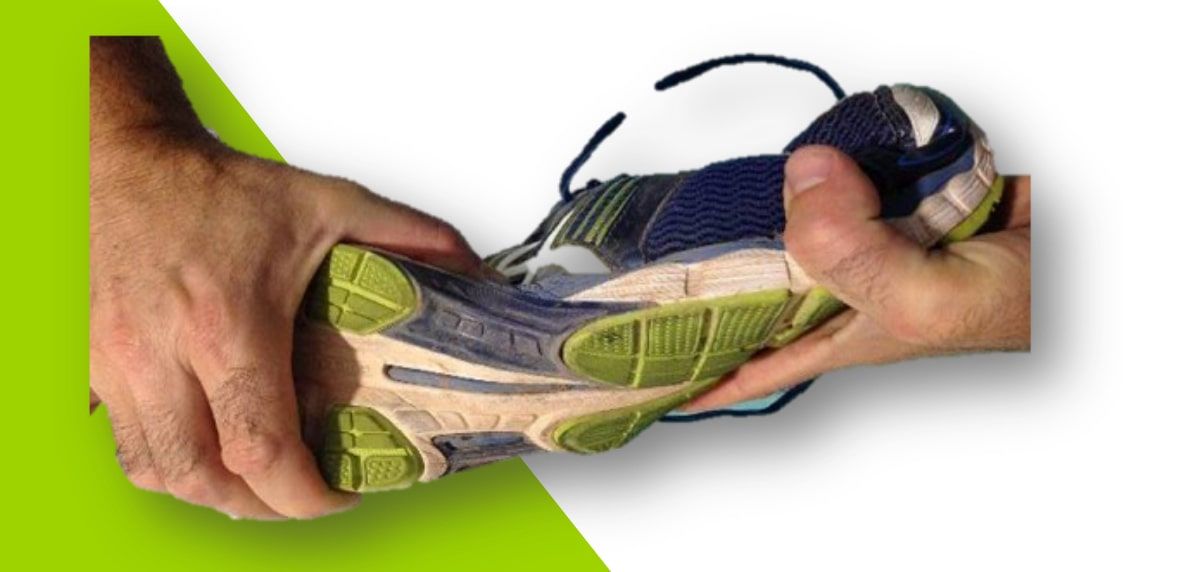
What should we look for when choosing shoes for supinator runners?
We need to look back because a few years ago, we did have running shoes for supinators on the market, with real control elements added to the shoes on the outside of the upper and midsole. But today, as far as I know, there are no such shoes, and it would be easy to design (from here I encourage a CEO of any sports brand that is reading this article and wants to hire me for this project).
However, there are running shoes that can compensate in part our way of running.
The first recommendation I would make is that it should be a shoe with a fairly high degree of torsional strength.
Holding the shoe by the toe and heel and turning both hands in the opposite direction, we will try to twist it from the center.
The greater the degree of supination, the greater the history of injury, the greater the weight, the greater the instability of the terrain on which you are running... the more resistance the shoe must offer to torsion.
- Another recommendation that would be important to consider in the case of runners with different degrees of supination, would be to look for shoes with a large support base of the sole, as designed mainly in training models, brands such as HOKA or New Balance.
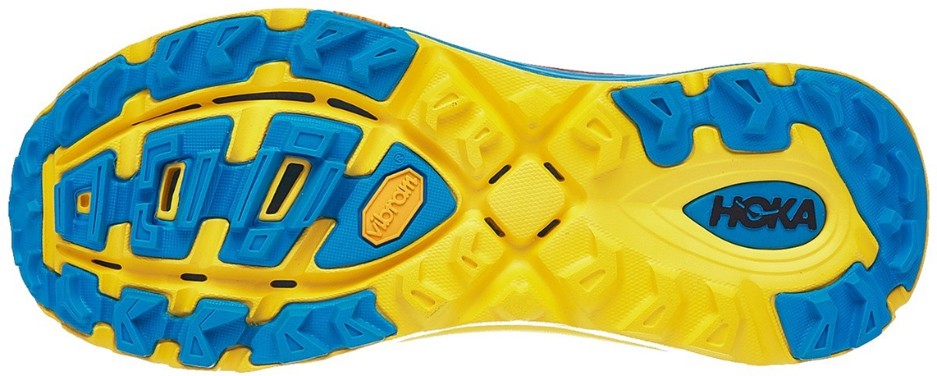
- The third detail that we would have to look at is the densities and resilience of the different materials that can form the midsole and outsole. We need materials that do not collapse quickly because the torsion and loads that these shoes will suffer are maximum, so these materials must be much more compact and durable.
- Continuing in this area of the shoe, I would also recommend looking at the geometry/design in the midfoot area. This area has the function of stabilizing the knee and ankle in the transition phase from the heel to the forefoot. Here we are interested in a more or less padded design of material so that the whole set: foot-midsole-sole-floor have points of support and nothing is left in the air.
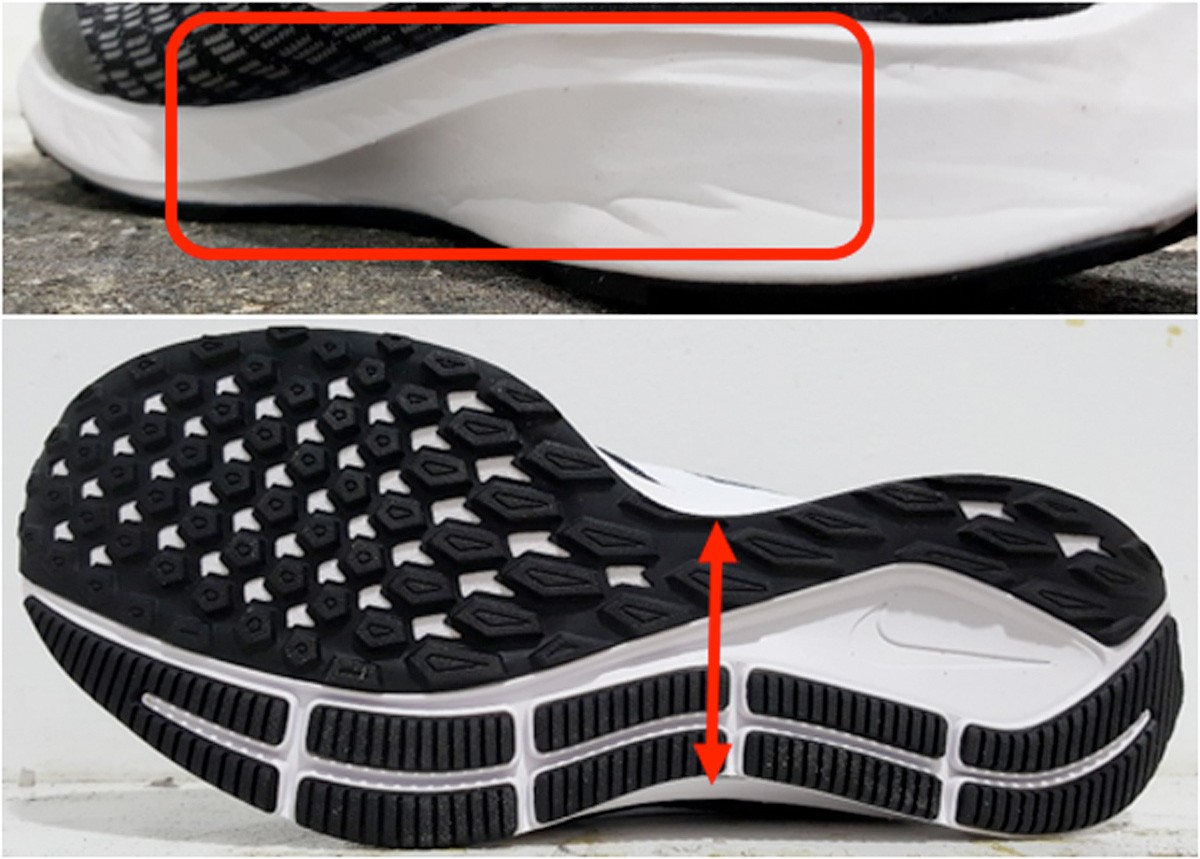
What we see in these last two images are designs that we would not recommend for supinators.
- I would also recommend that these runners look at the different reinforcements that the upper may have. It wouldn't be a bad thing if the shoe had some kind of fastening system between the eyelet and the sole on the outside, or some element of greater rigidity to resist the stresses that this part of the shoe will suffer (it could be for example the bars of the adidas logo).
- Finally, I would say that nowadays we are seeing cases of supinator runners, but that deform the shoes on the inside. A concept difficult to explain in a few words, but that has to do with supinator runners with curved legs, and that due to a series of muscular weaknesses causes the impact of running to be transferred quickly and abruptly to the inside of the foot and the shoe.
The following images show the wear and tear of different types of shoes by a supinator runner.
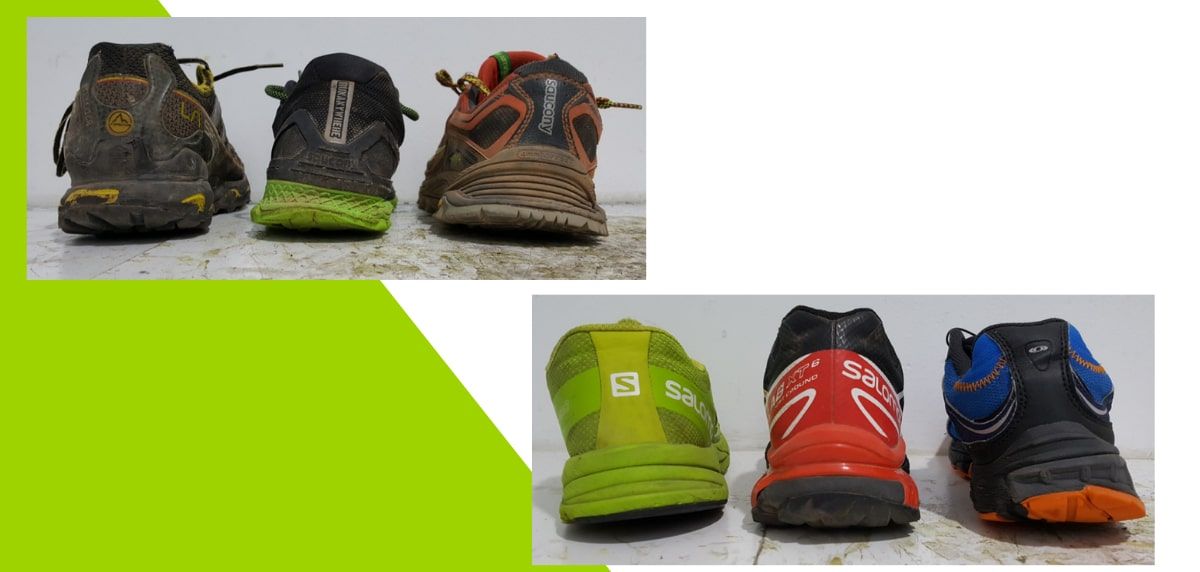
What are the best running shoes for supinator runners?
Let's go with a small list of shoes that can fit supinator runners, and that, of course, we can choose depending on our own needs.
New Balance FuelCell Supercomp Trainer v2
The New Balance FuelCell SuperComp Trainer v2 is presented with slight modifications compared to the previous version and has the latest technologies and materials of the American brand to become a very good choice for those runners and faster runners.
- Surface: Road
- Technology: Carbon plate
- Use: Training
- Cushion: Neutral, High
- Running gait: Neutral
- Drop: 6 mm
- Pace: Medium
ASICS Nimbus 25
The top of the range ASICS cushioning for neutral and supinator runners, which comes with significant improvements with the combination of PUREGEL and Flyte Foam Blast ECO+ in the construction of its midsole to ensure a high level of cushioning, while favoring lighter, softer and more responsive footsteps.The ASICS Gel Nimbus 25 offers maximum protection and comfort in all types of distances, especially for high volume runs with high volume of kilometers on asphalt. A strong candidate to become one of the best running shoes of this year 2023.
- Surface: Road
- Use: Training
- Cushion: High
- Running gait: Neutral
- Drop: 8 mm
- Pace: Low, Medium
Adidas Ultraboost Light 23
The adidas Ultraboost Light is presented as the most powerful renewal of the whole successful franchise of the german brand as far as daily training shoes are concerned. In this new version, the model is the lightest of the Ultraboost family to date: up to 30% lighter, but also more reactive, since its midsole features the new Boost Ultra ligth foam.
- Surface: Road
- Use: Training
- Cushion: High
- Running gait: Neutral, Supination
- Drop: 10 mm
- Pace: Low, Medium
Nike React Infinity Run 4
The new Nike ReactX Infinity Run 4 maintains the essence of the React Infinity Run range in which we seek to minimize the impact on the joints and get a good comfort while walking, jogging or running during our day. We are sure that it will become one of the most popular models of the brand.
- Surface: Road
- Use: Training
- Cushion: Neutral
- Running gait: Neutral
- Pace: Low, Medium
HOKA Clifton 9
The HOKA Clifton 9 has arrived as the most cushioned, light weight and dynamic version to date of this successful training shoe saga from the North American brand. Designed for neutral runners, or those who also use insoles -which is why it can be a very good option for supinator runners-, it is a model that ensures high levels of cushioning, comfort, lightness and dynamism for any of your workouts on the road. Undoubtedly, your running experience will increase significantly with these Clifton 9 on your feet.
- Surface: Road
- Use: Training
- Cushion: Neutral, High
- Running gait: Neutral, Supination
- Drop: 5 mm
- Pace: Medium, High
- Weight: 250 gr
Brooks Ghost Max
The Brooks Ghost Max is one of the latest 2023 novelties from Brooks. It is a model with great cushioning and high profiles to offer great comfort and softness during our workouts. It is an ideal shoe for runners of medium and high weights and prepared for medium and long distances.
- Surface: Road
- Use: Training, Racing
- Cushion: High
- Running gait: Neutral
- Drop: 6 mm
- Pace: Low, Medium
Mizuno Wave Rider 27
If there is an emblematic and iconic shoe of the Japanese brand, this is undoubtedly the Mizuno Wave Rider, now in its 27th edition. It is a shoe with a high drop, 12mm, ideal for those runners who prioritize comfort and cushioning over fast paces and long distances.
- Surface: Road
- Use: Training
- Cushion: Neutral, High
- Running gait: Neutral, Supination
- Drop: 12 mm
- Pace: Low, Medium
Saucony Kinvara Pro
The Saucony Kinvara Pro is designed for runners with a high race pace, for this they have implemented the best technologies of the brand, including the famous carbon plate. It is a mixed model, so it can be used for training and for maximum performance on race day.
- Surface: Road
- Technology: Carbon plate
- Use: Training, Racing
- Cushion: Neutral, High
- Running gait: Neutral
- Drop: 8 mm
- Pace: High
Puma Magnify Nitro 2
Possibly one of the best value for money are these maximum cushioning shoes. This PUMA Magnify Nitro 2 is a model with a soft running feel, comfortable, stylish and above all very cushioned. They also have good support. Perfect for long distance runs, although they behave perfectly on any road regardless of the number of kilometers.
- Surface: Road
- Use: Training
- Cushion: High
- Running gait: Neutral
- Drop: 10 mm
- Pace: Low, Medium
- Weight: 275 gr
Joma R2000
The Joma R2000 is one of the most complete and versatile running shoes from Joma and also has one of the best value for money for those fast runners who want to run comfortably. The shoe stands out for aspects such as its lightness, its great breathability and an excellent level of support.
- Surface: Road
- Use: Training, Mixed
- Cushion: Neutral, High
- Running gait: Neutral
- Drop: 10 mm
- Pace: High
Read more news about: Running Training
